Home>Gardening & Outdoor>Landscaping Ideas>When Does Grass Stop Growing In Tennessee
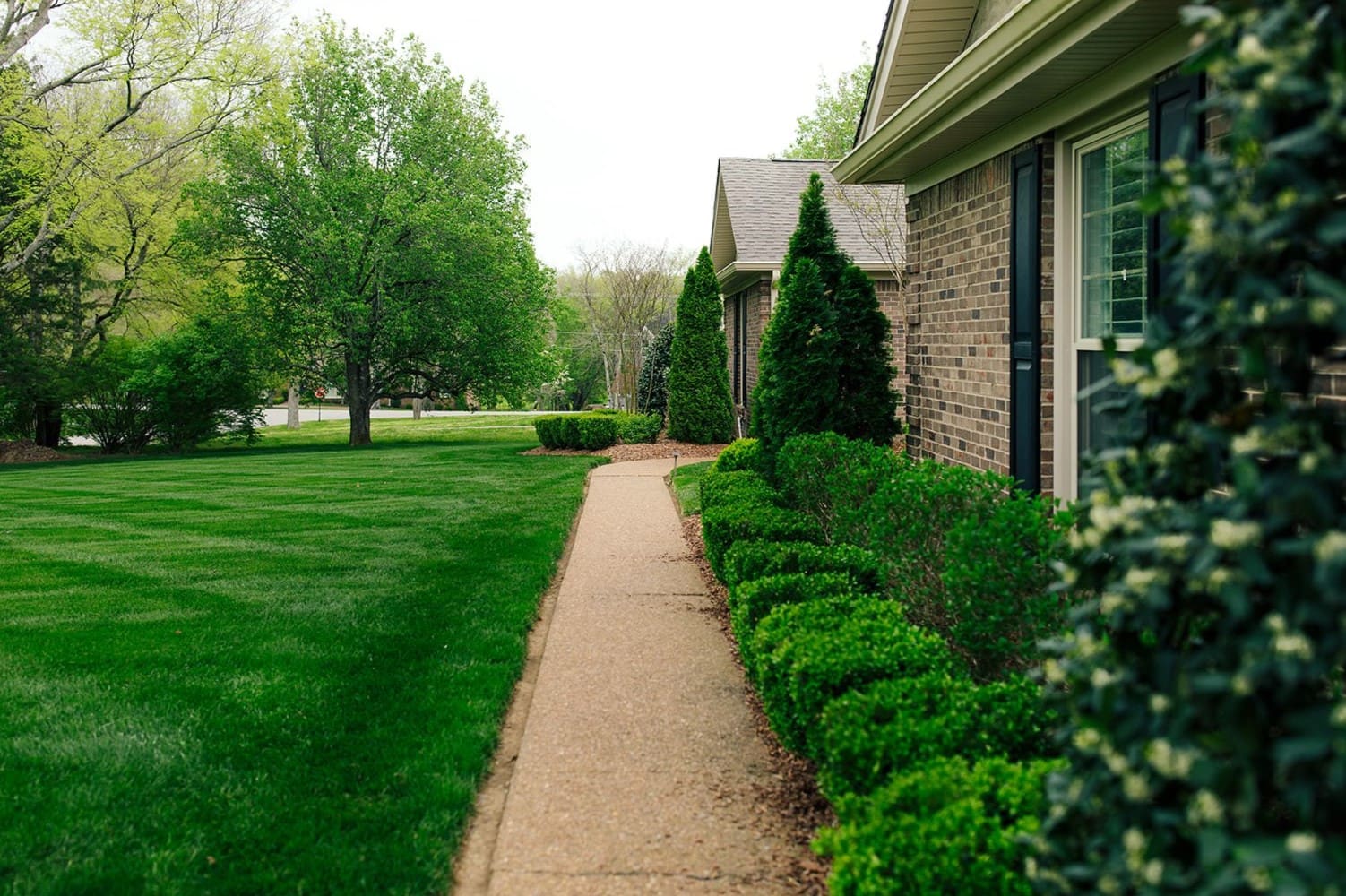

Landscaping Ideas
When Does Grass Stop Growing In Tennessee
Modified: February 18, 2024
Discover when grass stops growing in Tennessee and get landscaping ideas to maintain your lawn throughout the year. Explore tips for managing your lawn in different seasons.
(Many of the links in this article redirect to a specific reviewed product. Your purchase of these products through affiliate links helps to generate commission for Storables.com, at no extra cost. Learn more)
Introduction
Landscaping is a vital aspect of creating an inviting and aesthetically pleasing outdoor space. A lush, green lawn forms the foundation of a beautiful landscape, providing a natural carpet that enhances the overall appeal of your property. Understanding the growth patterns of grass is essential for maintaining a healthy and vibrant lawn throughout the year. In Tennessee, where the climate can vary significantly, it’s crucial to comprehend the factors influencing grass growth and the seasonal changes that impact this process.
Whether you’re a seasoned gardener or a novice enthusiast, delving into the world of grass growth can offer valuable insights that can help you nurture a thriving lawn. By gaining a deeper understanding of the growth patterns of grass, you can make informed decisions about lawn care, ensuring that your outdoor space remains a source of pride and beauty.
In this article, we will explore the factors influencing grass growth, delve into the specifics of grass growth in Tennessee, and provide practical tips for managing grass growth throughout the year. By the end of this journey, you will be equipped with the knowledge and expertise to cultivate a stunning lawn that flourishes in the unique climatic conditions of Tennessee.
Key Takeaways:
- Grass growth in Tennessee is influenced by climate, soil quality, water availability, sunlight exposure, and maintenance practices. Understanding these factors is crucial for nurturing a vibrant and resilient lawn in the state’s dynamic climate.
- Effective management of grass growth in Tennessee involves choosing suitable grass species, implementing proper watering and mowing practices, adjusting maintenance strategies based on seasonal changes, and addressing soil quality, pests, and diseases. These steps are essential for cultivating a healthy and visually appealing lawn.
Read more: When Does Grass Start Growing In Tennessee
Factors Affecting Grass Growth
Grass growth is a complex process influenced by various factors, each playing a crucial role in determining the health and vigor of your lawn. Understanding these factors is essential for implementing effective lawn care practices and fostering optimal growth. Here are the key elements that impact the growth of grass:
- Climate: The climate of a region significantly affects grass growth. Factors such as temperature, precipitation, and humidity play pivotal roles in determining the types of grass that thrive in a specific area. In Tennessee, the climate varies across the state, with the eastern region experiencing a humid subtropical climate and the western region characterized by a milder, humid climate. These climate variations directly influence the types of grass that flourish in different parts of the state.
- Soil Quality: The composition and quality of the soil profoundly impact grass growth. Factors such as pH levels, nutrient content, and soil structure influence the ability of grass roots to absorb essential nutrients and water. Conducting a soil test can provide valuable insights into the specific needs of your lawn, allowing you to tailor your lawn care practices to optimize grass growth.
- Water Availability: Adequate water is essential for healthy grass growth. Insufficient water can lead to stress and stunted growth, while excessive moisture can create favorable conditions for diseases. Understanding the water requirements of the specific grass species in your lawn is crucial for maintaining optimal growth and overall health.
- Sunlight Exposure: Sunlight is a primary source of energy for grass through the process of photosynthesis. The amount of sunlight your lawn receives directly impacts its growth potential. Different grass species have varying sunlight requirements, and understanding these needs is essential for creating an environment where grass can thrive.
- Maintenance Practices: Lawn care practices, including mowing, fertilization, and aeration, directly influence grass growth. Proper mowing height, timely fertilization, and regular aeration contribute to healthy root development and overall grass vigor.
By considering and addressing these factors, you can create an environment that promotes robust and consistent grass growth, laying the foundation for a vibrant and resilient lawn.
Grass Growth in Tennessee
When it comes to grass growth in Tennessee, the state’s diverse climate and topographical variations play a significant role in shaping the dynamics of lawn care and landscaping. Tennessee experiences a blend of climatic conditions, ranging from humid subtropical in the east to a milder, humid climate in the west. These regional differences influence the types of grass that thrive in various parts of the state, making it essential to select grass species that are well-suited to the specific climate and soil conditions in your area.
In the eastern region of Tennessee, characterized by a humid subtropical climate, warm-season grasses such as Bermuda grass, Zoysia grass, and centipede grass thrive. These grass species are well-adapted to the hot and humid summers, making them popular choices for lawns in this region. Additionally, cool-season grasses like Kentucky bluegrass and fescue varieties can also be cultivated, especially in areas with higher elevations that experience milder temperatures.
Conversely, the western part of Tennessee, with its milder, humid climate, provides favorable conditions for a broader range of grass species. Warm-season grasses such as Bermuda grass and Zoysia grass are commonly cultivated, thriving in the warm summers and mild winters of this region. Cool-season grasses, including tall fescue and Kentucky bluegrass, also find suitable growing conditions in the western part of the state.
It’s important to note that the transition zones within Tennessee, where the climate characteristics overlap, offer opportunities for a diverse range of grass species to flourish. Understanding the specific climate and soil conditions in your area is crucial for selecting the most suitable grass species for your lawn.
Additionally, the topography of Tennessee, which encompasses varying elevations, further contributes to the nuances of grass growth. The higher elevations in the eastern part of the state experience cooler temperatures, influencing the types of grass that thrive in these areas. Conversely, the lower elevations in the west are characterized by milder temperatures, creating different growing conditions for grass species.
By considering the regional climate, soil characteristics, and topographical influences, homeowners and landscapers in Tennessee can make informed decisions about grass selection and implement tailored lawn care practices to ensure optimal growth and a visually appealing landscape throughout the state.
Grass in Tennessee typically stops growing in late fall when temperatures drop below 50°F. It’s important to continue mowing until the grass stops growing to prevent disease and maintain a healthy lawn.
Seasonal Changes in Grass Growth
Understanding the seasonal dynamics of grass growth is essential for implementing effective lawn care practices and nurturing a thriving lawn throughout the year. In Tennessee, where the climate transitions through distinct seasons, the growth patterns of grass undergo notable changes, requiring tailored maintenance strategies to support optimal growth and health.
Spring heralds the onset of active growth for grass in Tennessee. As temperatures rise and daylight hours increase, warm-season grasses such as Bermuda grass and Zoysia grass enter a phase of vigorous growth, displaying lush green foliage and actively spreading through rhizomes and stolons. Cool-season grasses like Kentucky bluegrass and fescue varieties also experience robust growth during the milder temperatures of spring, rejuvenating after the dormancy of winter.
Summer presents a unique set of challenges and opportunities for grass growth in Tennessee. The warm and humid conditions in the state create favorable environments for warm-season grasses, allowing them to thrive and exhibit peak growth during this period. Adequate watering and proper maintenance practices are essential to support healthy growth and prevent stress-induced damage during the hot summer months. Conversely, cool-season grasses may experience some degree of stress as temperatures rise, necessitating careful monitoring and supplemental watering to maintain their vitality.
As autumn unfolds, Tennessee experiences a transition in grass growth dynamics. The cooler temperatures create optimal conditions for cool-season grasses to flourish, initiating a phase of active growth and rejuvenation. Warm-season grasses gradually begin to slow their growth as temperatures moderate, preparing for the dormancy that accompanies the onset of winter.
Winter introduces a period of dormancy for warm-season grasses in Tennessee. As temperatures drop, these grass species enter a state of reduced metabolic activity, displaying minimal growth and browning of foliage. Conversely, cool-season grasses continue to exhibit steady growth during the milder winter months, maintaining a green and vibrant appearance throughout the season.
By recognizing and adapting to these seasonal changes in grass growth, homeowners and landscapers in Tennessee can implement targeted lawn care practices that align with the specific needs of warm-season and cool-season grasses throughout the year. Tailoring maintenance strategies to accommodate the seasonal nuances of grass growth is essential for nurturing a healthy and visually appealing lawn in the dynamic climate of Tennessee.
Tips for Managing Grass Growth in Tennessee
Effectively managing grass growth in Tennessee requires a nuanced approach that considers the state’s diverse climate, seasonal variations, and the specific needs of different grass species. By implementing tailored lawn care practices, homeowners and landscapers can foster optimal growth and maintain a vibrant and healthy lawn throughout the year. Here are essential tips for managing grass growth in Tennessee:
- Choose Suitable Grass Species: Select grass species that are well-suited to the regional climate and soil conditions in your area. Warm-season grasses such as Bermuda grass and Zoysia grass thrive in the hot and humid summers of Tennessee, while cool-season grasses like fescue varieties and Kentucky bluegrass are well-adapted to the milder temperatures.
- Implement Proper Watering Practices: Ensure that your lawn receives adequate and consistent watering, especially during periods of heat and drought. Deep, infrequent watering promotes healthy root development and overall grass vigor, contributing to sustained growth and resilience.
- Adjust Mowing Heights: Set appropriate mowing heights based on the grass species in your lawn. Different grass types have specific mowing height requirements, and adhering to these guidelines supports healthy growth and helps the grass withstand environmental stressors.
- Utilize Fertilization Strategically: Apply fertilizers at the right time and in the correct amounts to provide essential nutrients for grass growth. Understanding the nutritional needs of your specific grass species is crucial for optimizing growth and maintaining a lush, green lawn.
- Monitor and Address Soil Quality: Conduct soil tests to assess the pH levels and nutrient content of your soil. Adjusting soil conditions based on test results can create an optimal environment for grass growth, ensuring that the soil provides the necessary support for healthy and vigorous lawns.
- Consider Seasonal Maintenance Practices: Tailor your lawn care practices to align with the seasonal changes in grass growth. Adjust watering schedules, mowing frequencies, and fertilization routines to accommodate the specific needs of warm-season and cool-season grasses during different times of the year.
- Address Pest and Disease Management: Stay vigilant for signs of pests and diseases that can hinder grass growth. Implement preventive measures and timely treatments to safeguard your lawn from potential threats, preserving its health and vitality.
- Regular Aeration and Overseeding: Schedule regular aeration to alleviate soil compaction and enhance the circulation of air, water, and nutrients to the grassroots. Additionally, consider overseeding to introduce new grass plants and rejuvenate the density and resilience of your lawn.
By incorporating these tips into your lawn care routine, you can effectively manage grass growth in Tennessee, nurturing a vibrant and resilient lawn that thrives in the dynamic climatic conditions of the state.
Read more: When Does Grass Stop Growing
Conclusion
Managing grass growth in Tennessee is a multifaceted endeavor that demands an understanding of the state’s diverse climate, regional variations, and the unique needs of different grass species. By delving into the factors influencing grass growth, exploring the nuances of grass growth in Tennessee, and embracing tailored lawn care practices, homeowners and landscapers can cultivate stunning lawns that flourish throughout the year.
From the humid subtropical climate of the eastern region to the milder, humid conditions in the west, Tennessee offers a rich tapestry of opportunities for nurturing a vibrant and healthy lawn. Selecting suitable grass species, implementing proper watering and mowing practices, addressing soil quality, and adapting maintenance strategies to align with seasonal changes are pivotal steps in managing grass growth effectively.
By recognizing the seasonal dynamics of grass growth and tailoring maintenance practices accordingly, you can create an environment where warm-season and cool-season grasses thrive, displaying lush greenery and resilience in the face of diverse climatic conditions. Additionally, staying attuned to pest and disease management, incorporating regular aeration and overseeding, and adjusting fertilization schedules contribute to the overall health and vitality of your lawn.
As you embark on the journey of managing grass growth in Tennessee, remember that each lawn is unique, and attentive care and thoughtful maintenance practices are essential for nurturing its beauty and resilience. By integrating the insights and tips shared in this article, you can embark on a fulfilling and rewarding lawn care journey, cultivating a lush and inviting outdoor space that serves as a testament to your dedication and expertise.
With a deep understanding of the factors influencing grass growth, a keen awareness of seasonal changes, and a commitment to tailored lawn care practices, you are well-equipped to manage grass growth in Tennessee with confidence and expertise, ensuring that your lawn remains a source of pride and natural beauty throughout the year.
Frequently Asked Questions about When Does Grass Stop Growing In Tennessee
Was this page helpful?
At Storables.com, we guarantee accurate and reliable information. Our content, validated by Expert Board Contributors, is crafted following stringent Editorial Policies. We're committed to providing you with well-researched, expert-backed insights for all your informational needs.
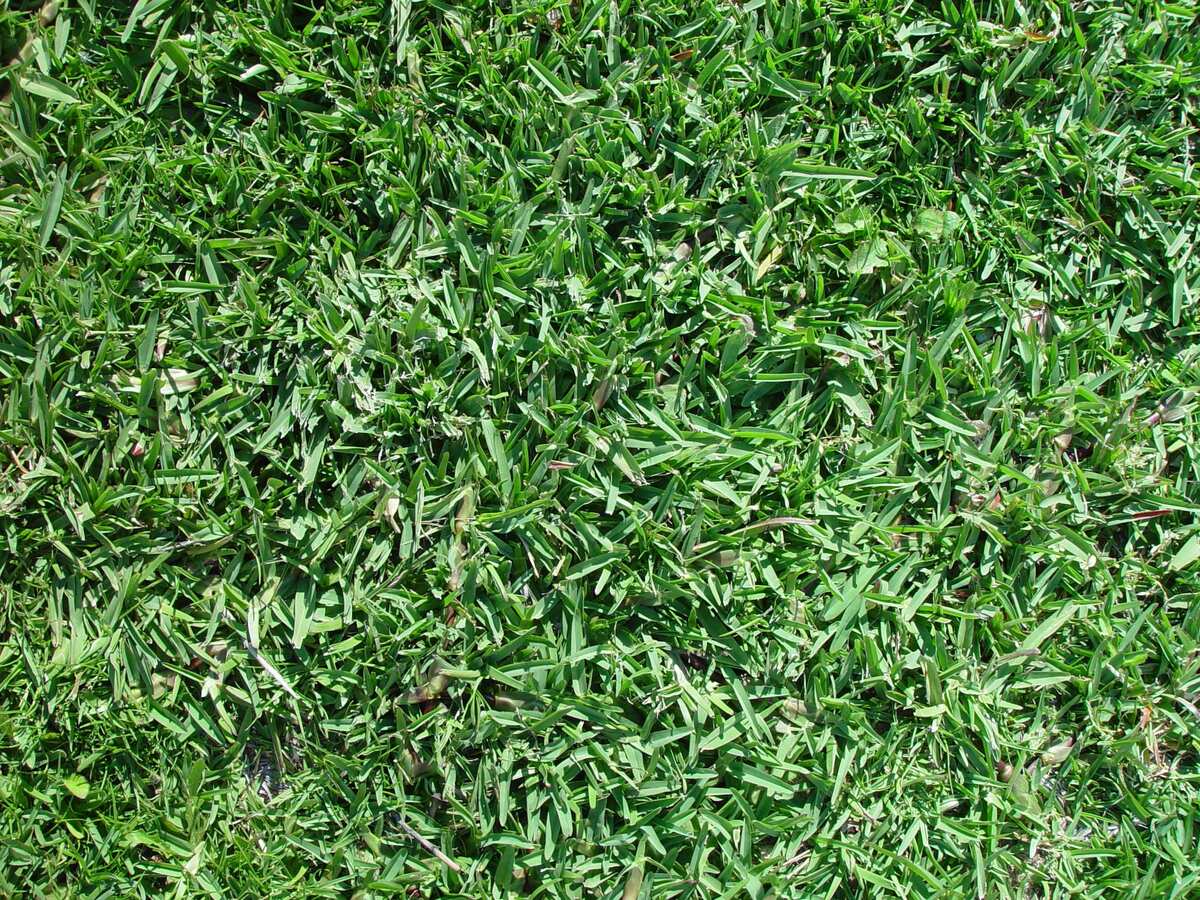

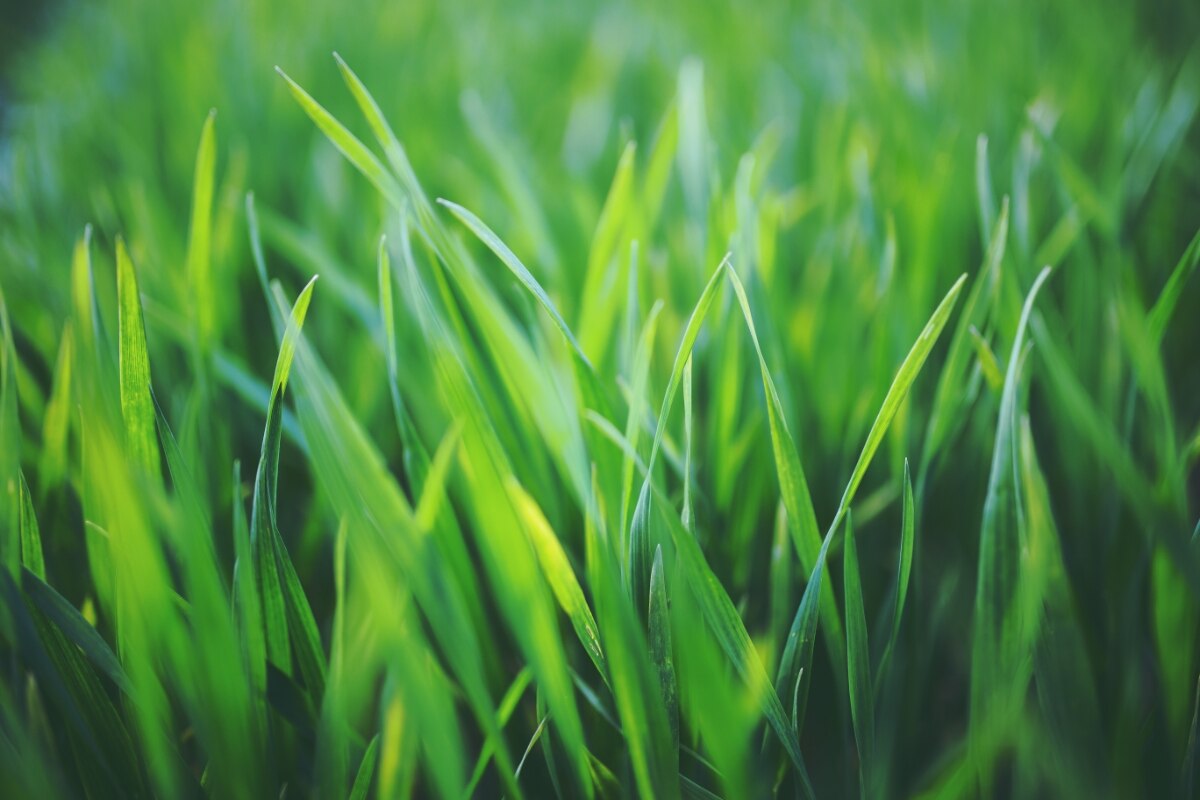
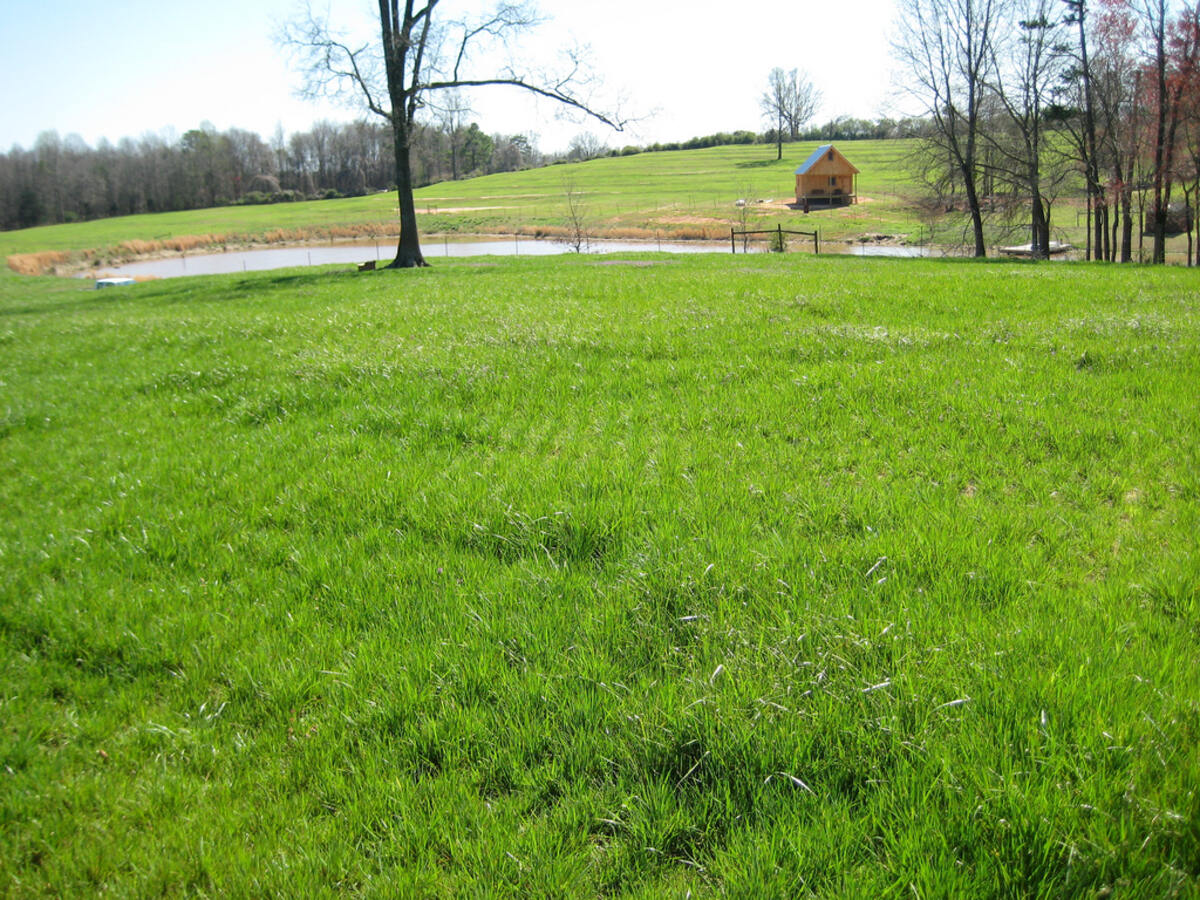
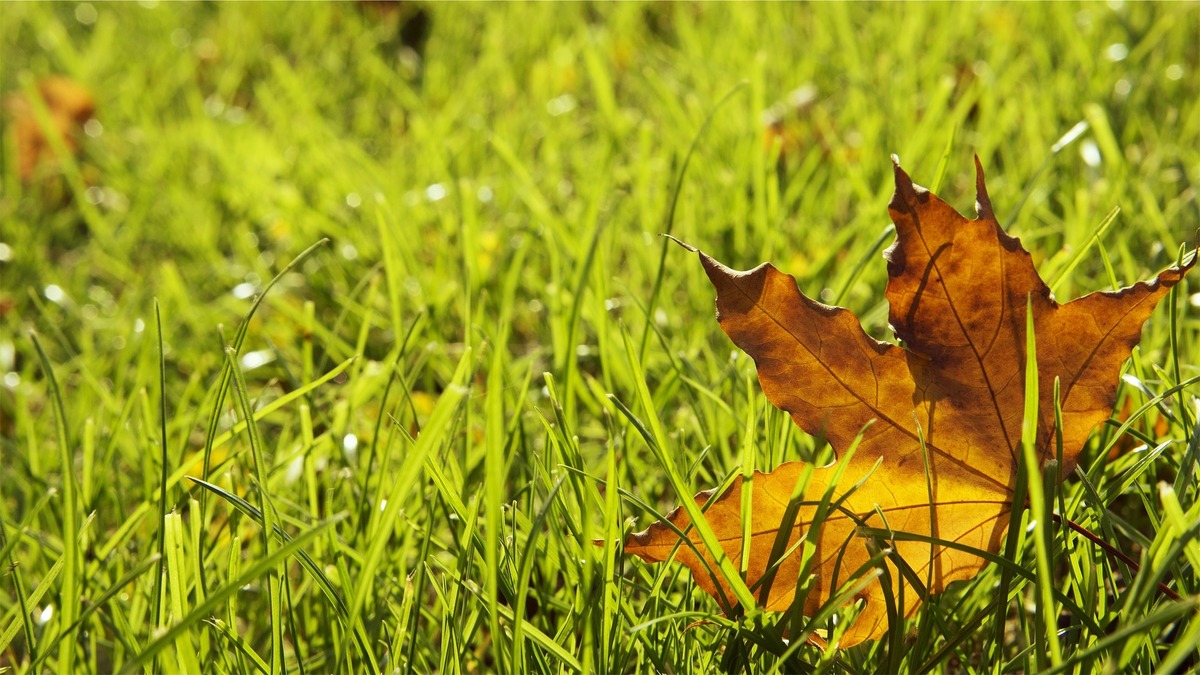
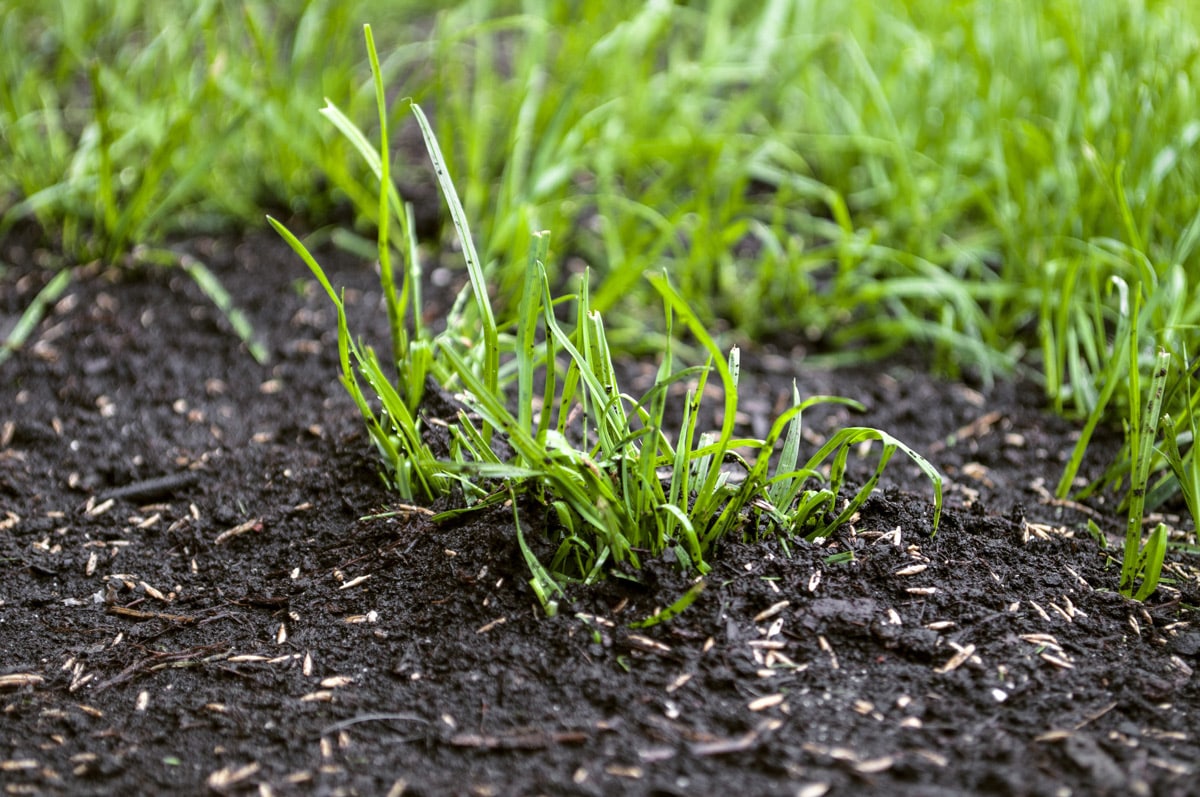
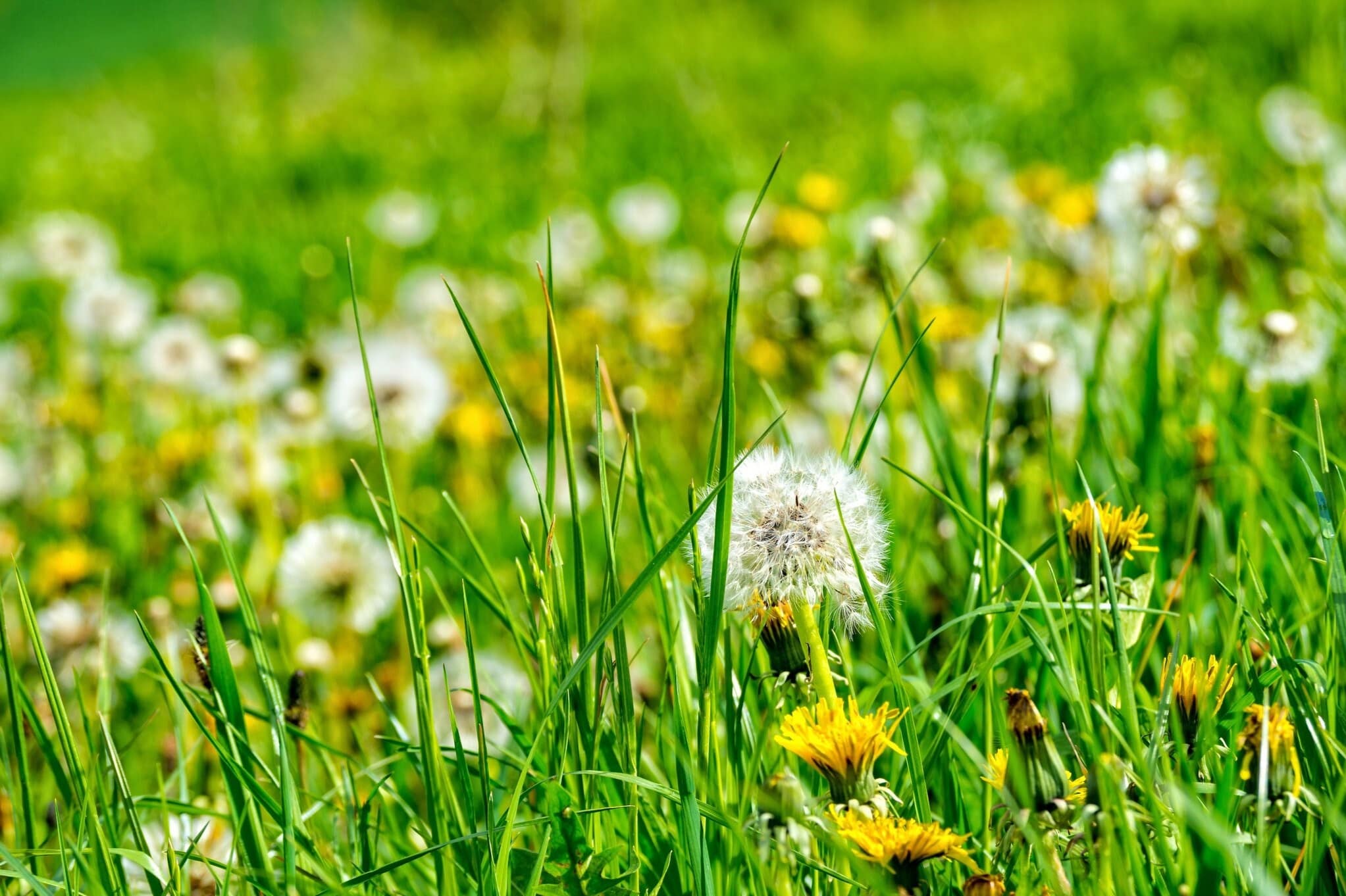
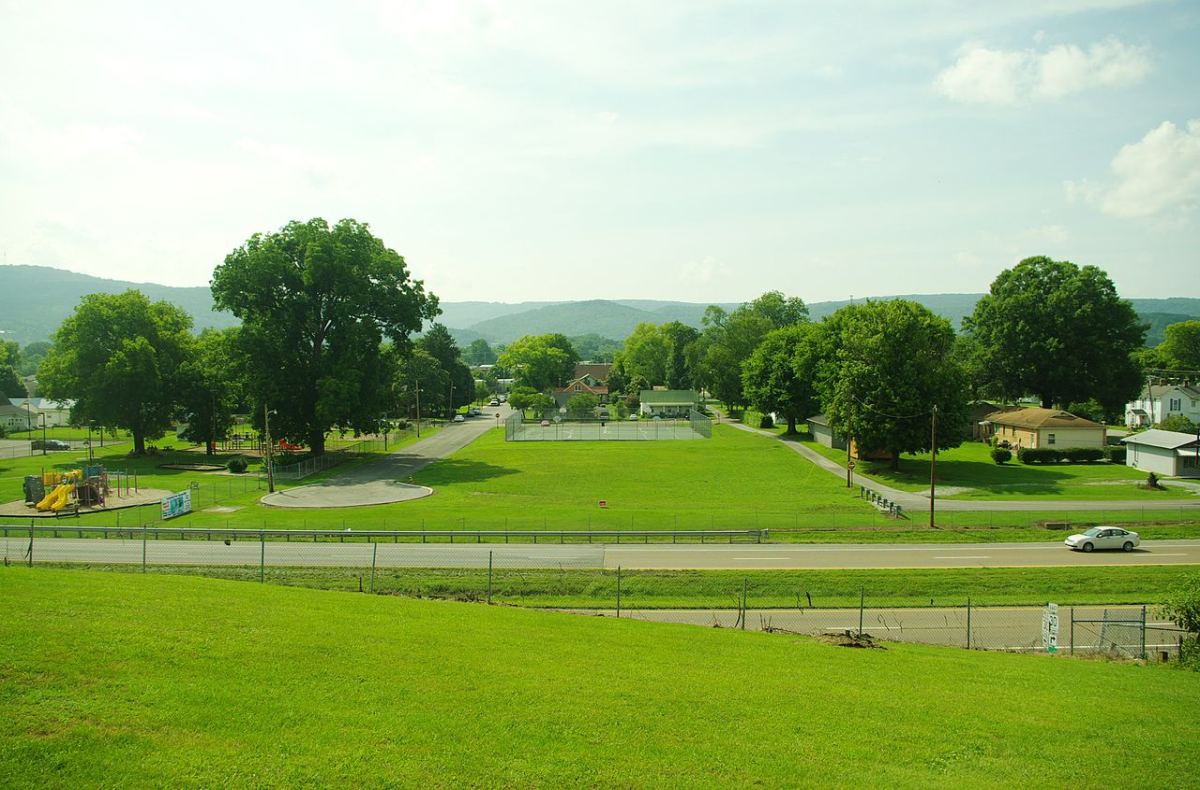
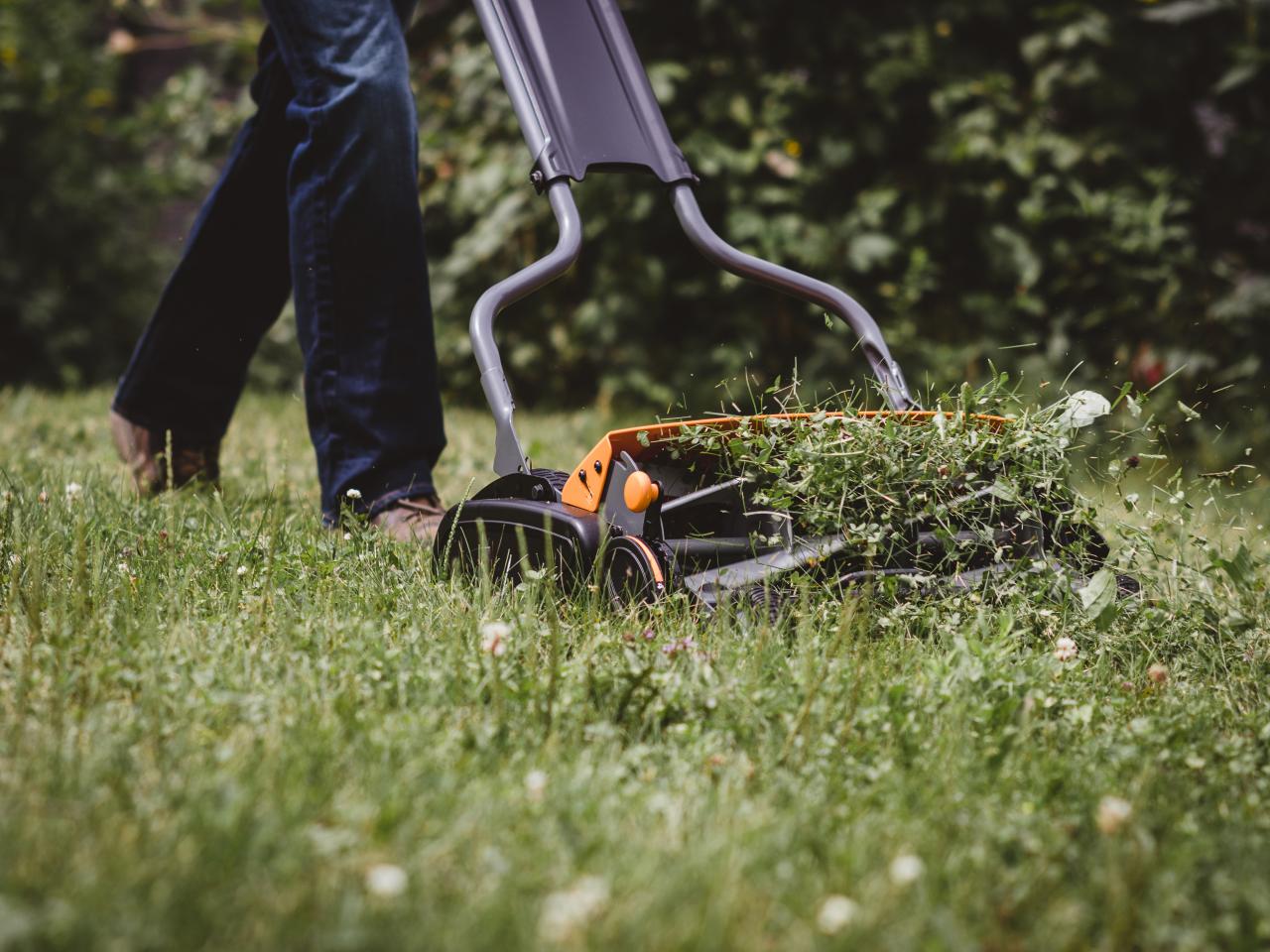
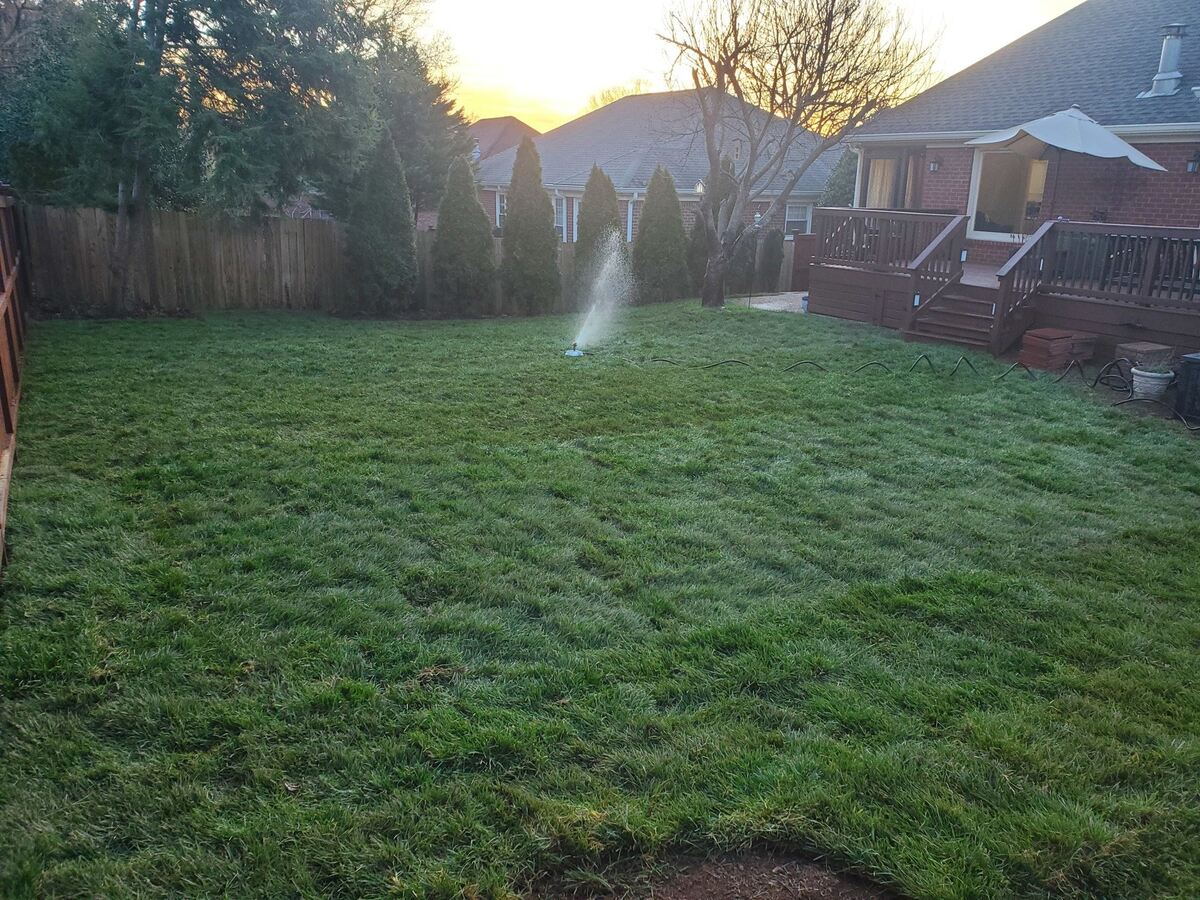
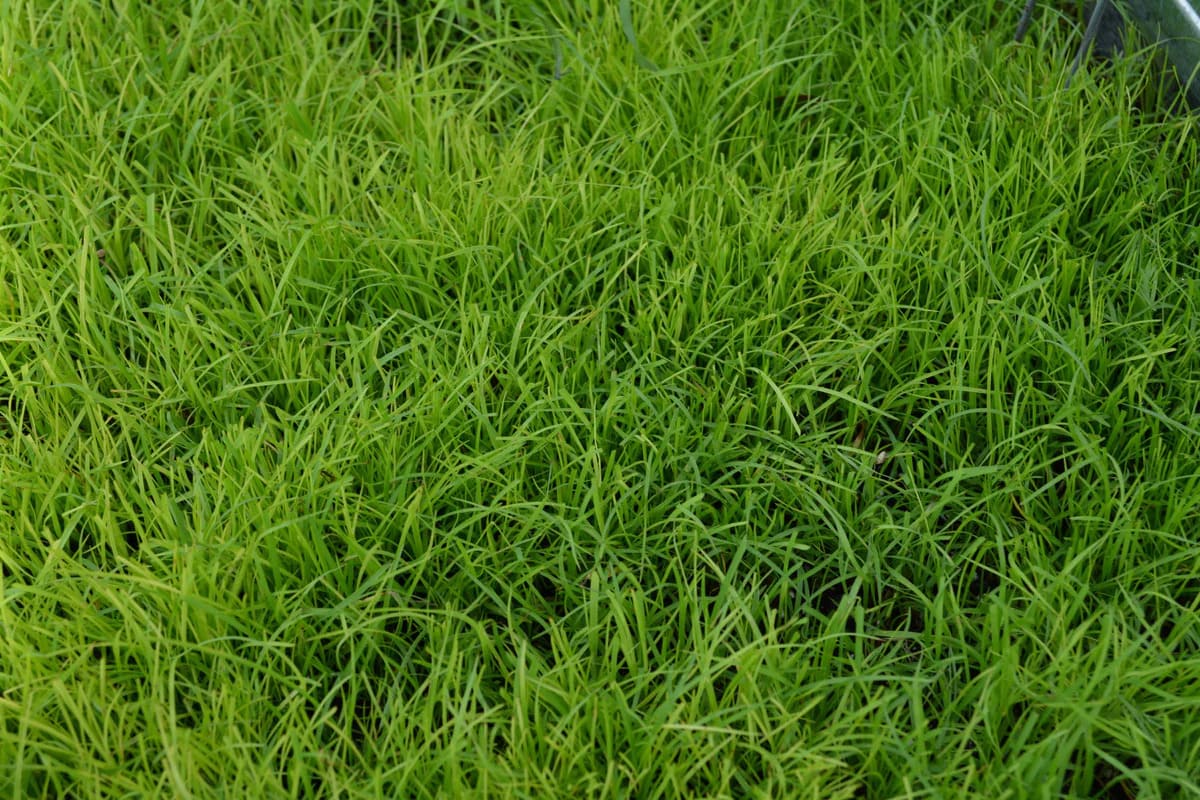
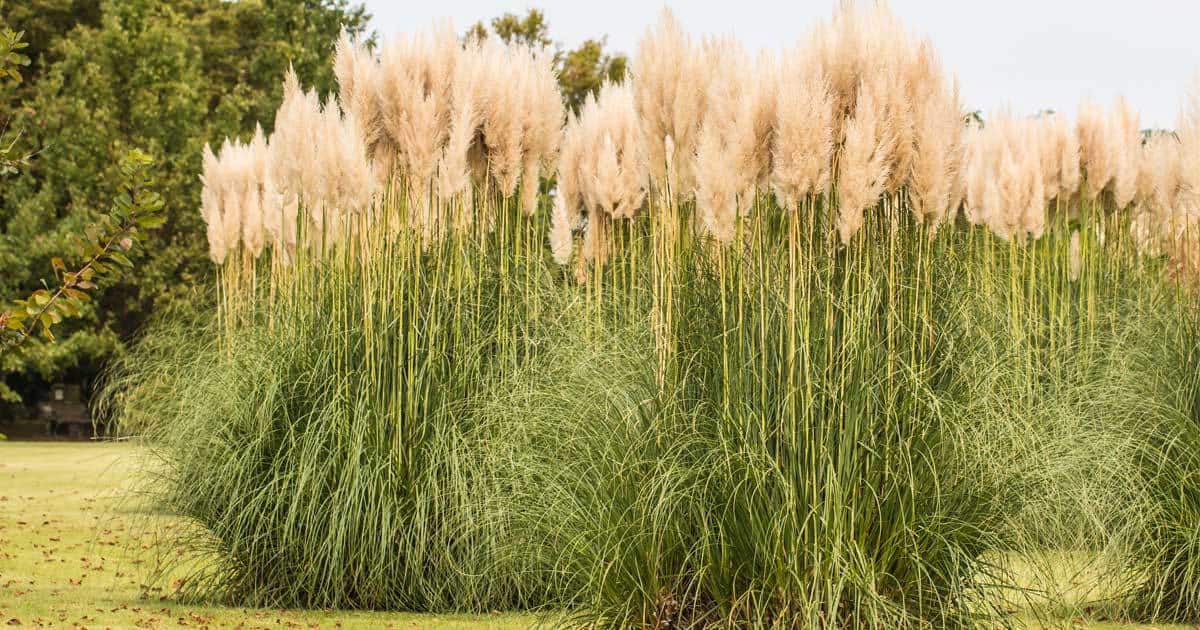
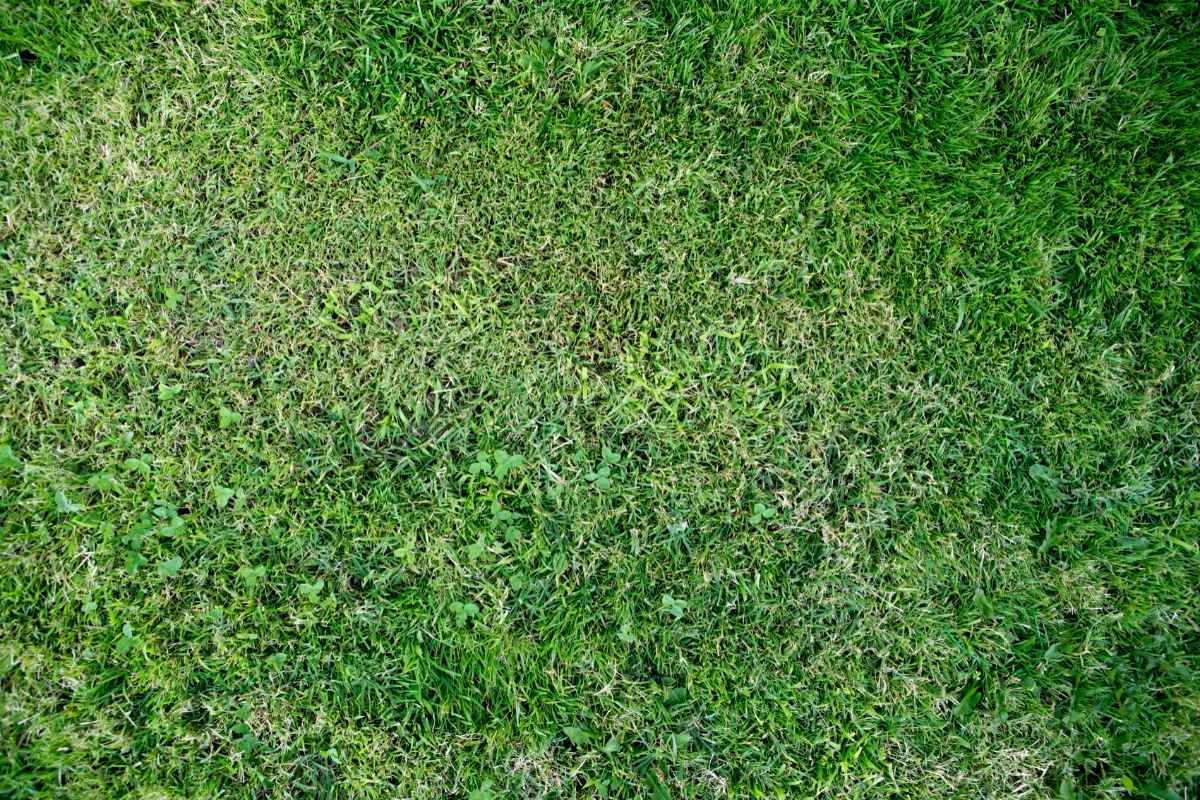
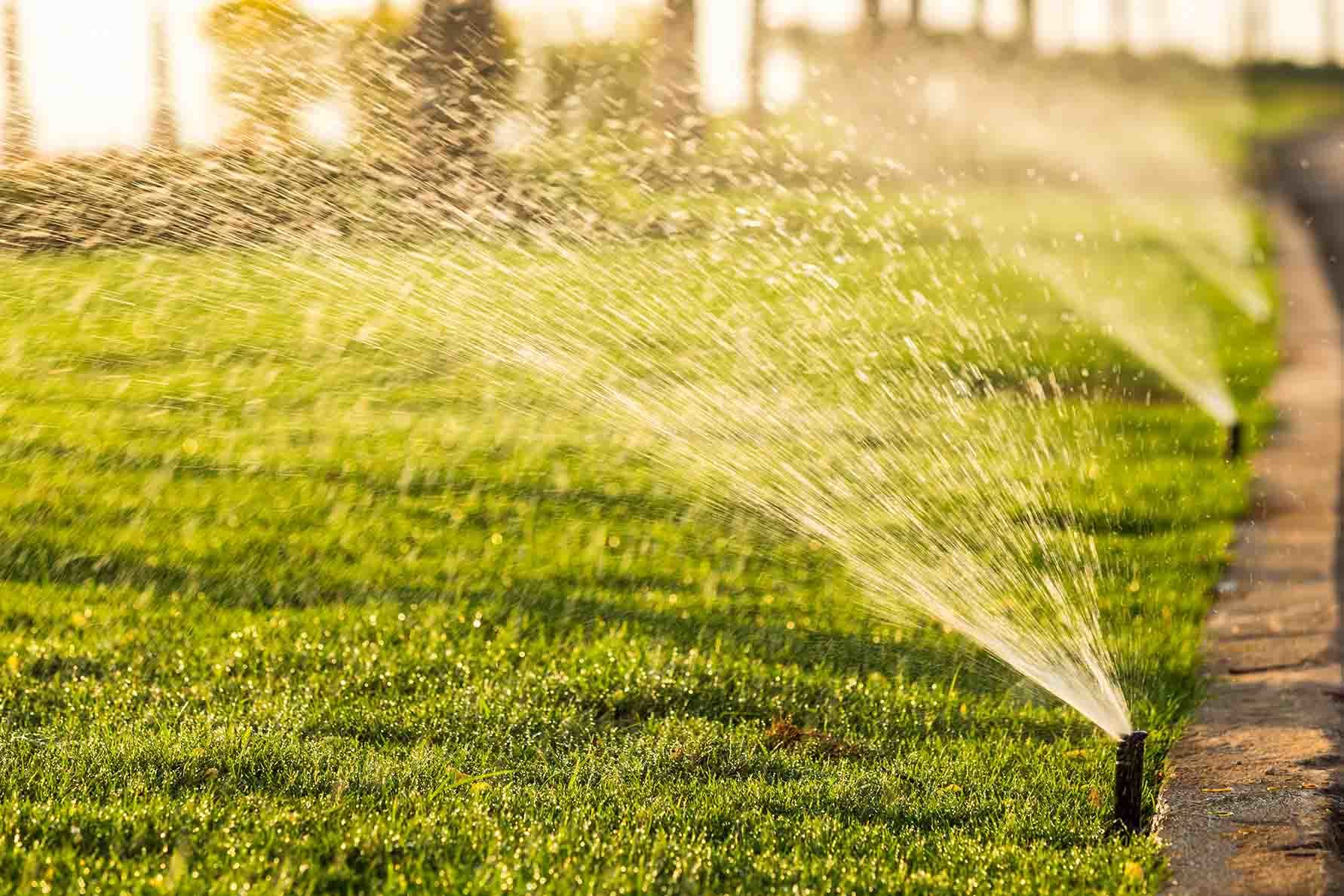

0 thoughts on “When Does Grass Stop Growing In Tennessee”